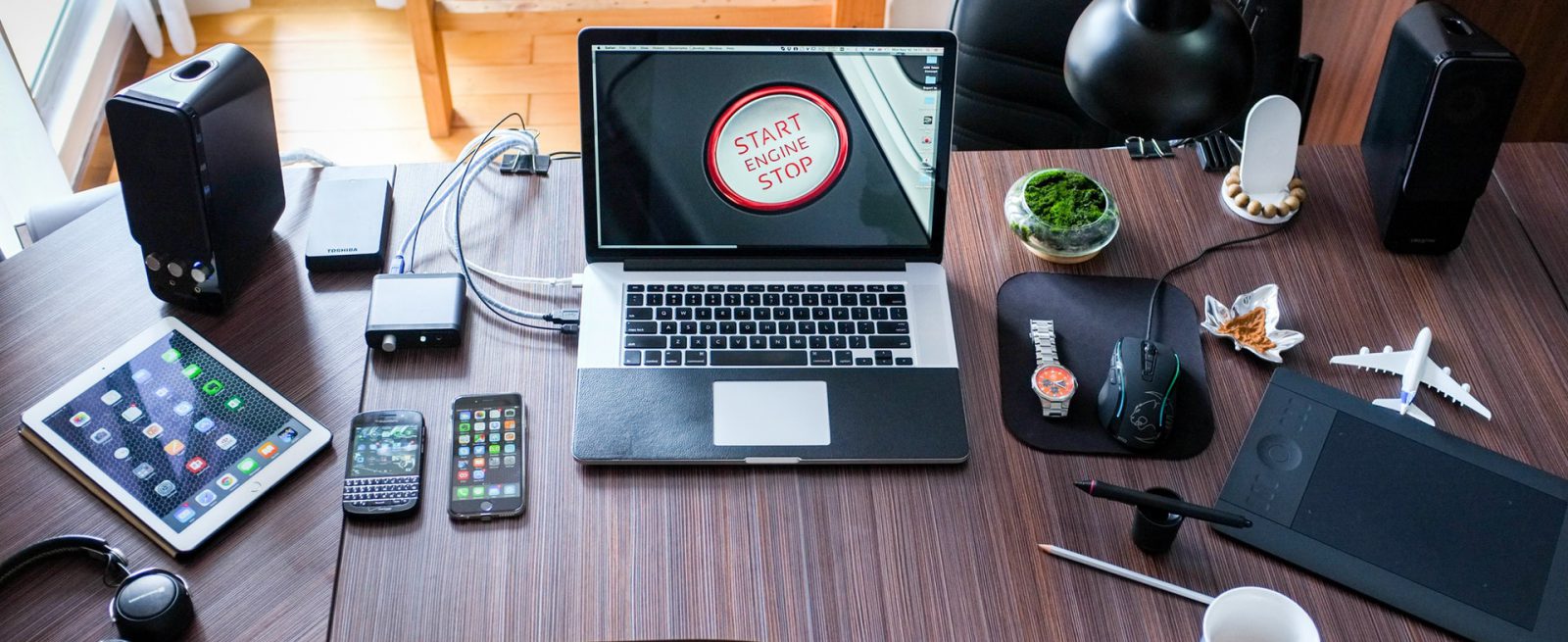MRM EXCLUSIVE: The Importance of Integrated Restaurant Technology
3 Min Read By Warner Siebert
The restaurant industry is constantly evolving, both in terms of customer expectations and technology innovation. Gone are the days of taking orders and creating waitlists on pen and paper – intuitive technology improves the experiences of customers and staff, in addition to boosting sales. In fact, 87 percent of restaurateurs believe incorporating technology into their restaurants would help attract more customers.
Modern restaurants often have a slew of different technologies they use on a daily basis, including a POS, guest management platform, waitlist management system, and online ordering system, to name a few. Though these systems are usually separate entities, integration can have several positive benefits on business success and customer satisfaction.
Let’s take a deeper look at the benefits of restaurant technology integration,
Optimize Restaurant Operations
Integration of restaurant technologies can help to personalize the diner’s experience.
One of the primary benefits of integrating a POS and guest management platform is the ability to sync front-of-the-house data with the dining room overview. With this integration, hosts are able to see real-time table updates based incoming POS data. When new guests walk in, hosts are able to quote accurate wait times based on real-time table statuses, such as “Printed Check” instead of guessing wait times based on how long the table has been sitting.
Restaurants can also consider integrating a tablet POS with existing hardware. This way, front of house staff has the mobility to take orders, send them to the kitchen, and receive payments tableside: thus improving speed, reducing mistakes, and elevating the diners’ experience. By integrating this tech with existing POS hardware, servers are able to access information input to the tablet POS on the stationary system, and vice versa.
Ultimately, this can help your hosts and servers turn tables faster and seat incoming guests more efficiently, meaning more revenue for the restaurant.
Improve Customer Experiences
When the restaurant is running smoothly and efficiently, the customer’s experience will improve. Accurate wait times mean that customers rarely have to wait longer than quoted, effectively reducing frustration. Diners will also appreciate the speed and accuracy of taking orders with a tablet POS.
Integration of restaurant technologies can also help to personalize the diner’s experience. Hosts access detailed guest profiles based on captured POS data, such as top ordered items, visit history, and average amount they spend per visit. When returning guests come into the restaurant, hosts can greet them by name, thank them personally for their loyalty, and recommend their favorite menu items. As a result, your guests will feel like VIPs each time they come into your restaurant.
Increasing the satisfaction of your customers is critical in the restaurant industry as the cost of acquiring a new customer is 5 times that of retaining an existing one, and those loyal customers tend to spend 31 percent more than new ones.
Case Study: Café Strudel
A restaurant owner in South Carolina was faced with the challenge of running a busy restaurant without data insight. After implementing and integrating their POS and guest management system, Café Strudel’s entire staff gets table statuses in real time, and doesn’t need to constantly check each table or manually update table statuses.
As a result, this restaurant was able to increase table turns by six percent without disrupting workflow, adding up to a projected $14,000 in annual revenue. They were also able to reduce walkaways by 28 percent by offering more accurate walk-in wait times. Ultimately, they were able to pinpoint inefficiencies and improve profits.
Final Thoughts
A recent Gartner-owned company conducted a survey that found 55 percent of restaurant owners were not using any kind of POS system or restaurant management software, despite the potential benefits.
In the restaurant industry, two primary goals are delivering superior customer experiences and increasing revenue. With restaurant technology integration, front of house staff is able to capitalize on data from multiple systems to personalize customer experiences and increase the efficiency of table turns to get more customers in the door, thus improving profits.


